SATURDAY AND SUNDAY
from 10.30 to 18.30 (last visit at 17.30)
the museum is always open by reservation for groups of min. 20 people
PRICE
Individual visitors: €7.00 for both museums – Plaster Ceiling Museum + Landscape Theater; €5.00 for a single museum – Plaster Ceiling Museum or Landscape Theatre
Family ticket: 10,00 €
groups (upon reservation): €4.00 for one museum only and €6.00 for both museums.
Free for residents of Maglianesi, for children up to 14 years of age, for holders of the Torino Musei pass and for visitors with disabilities.
CONTACTS
BAROLO & CASTLES FOUNDATION
+39 0173 38 66 97


